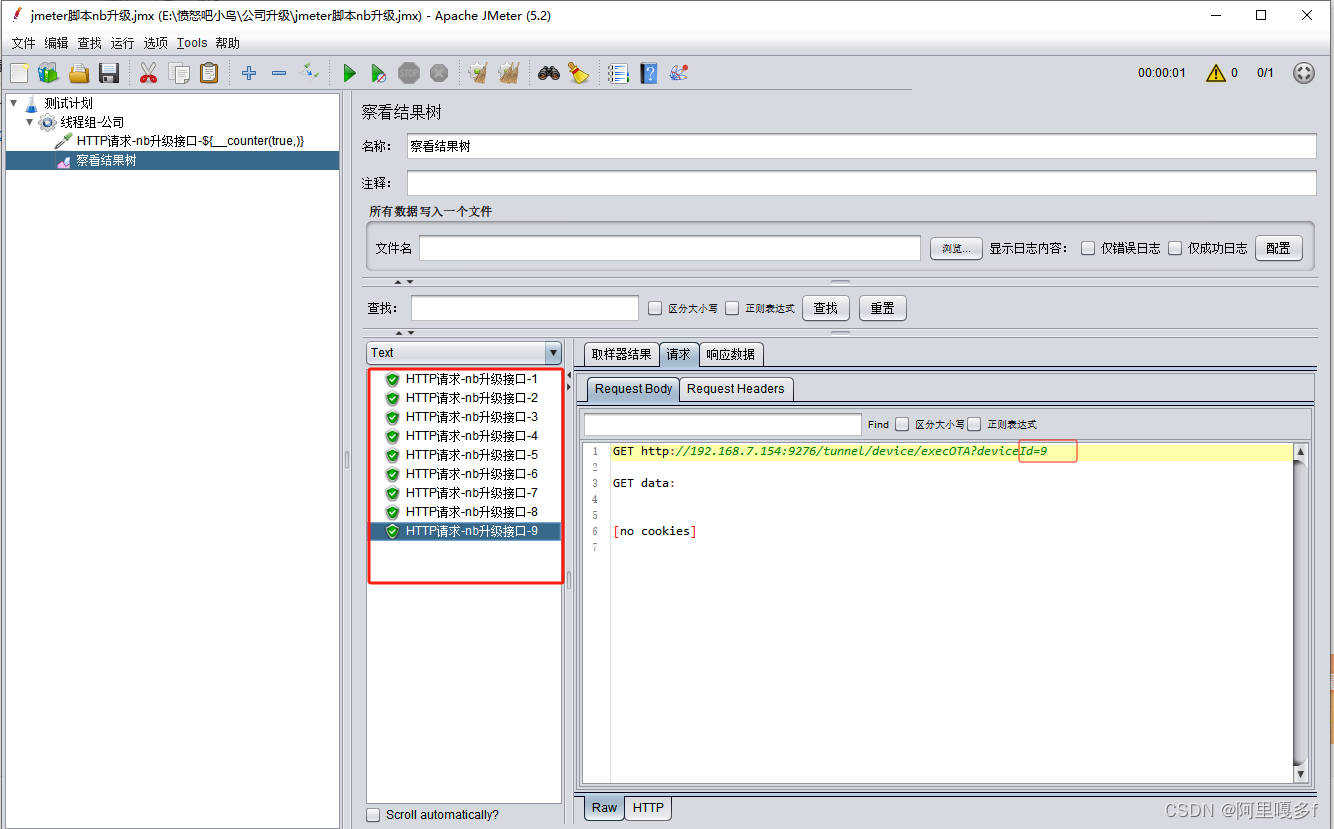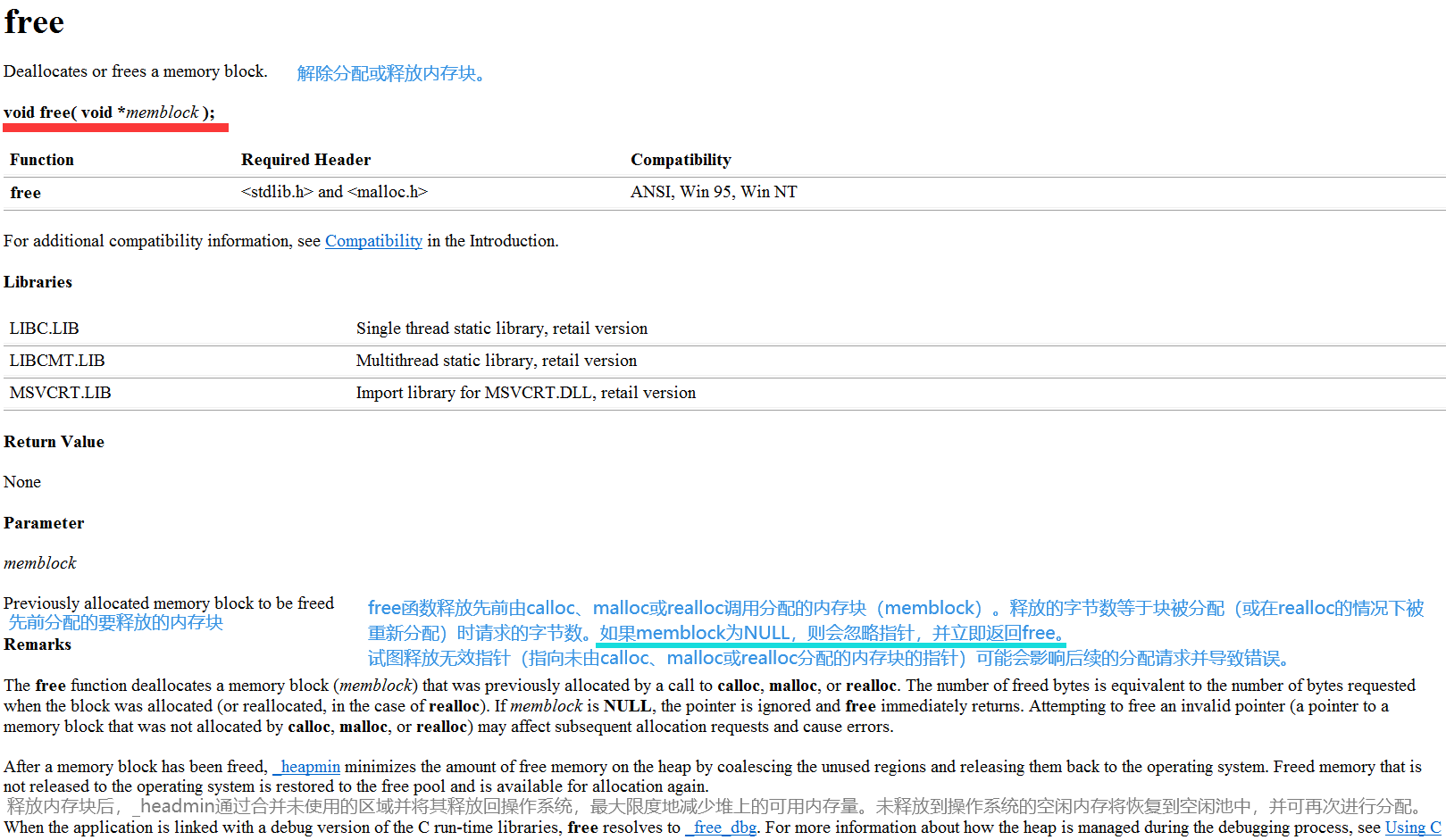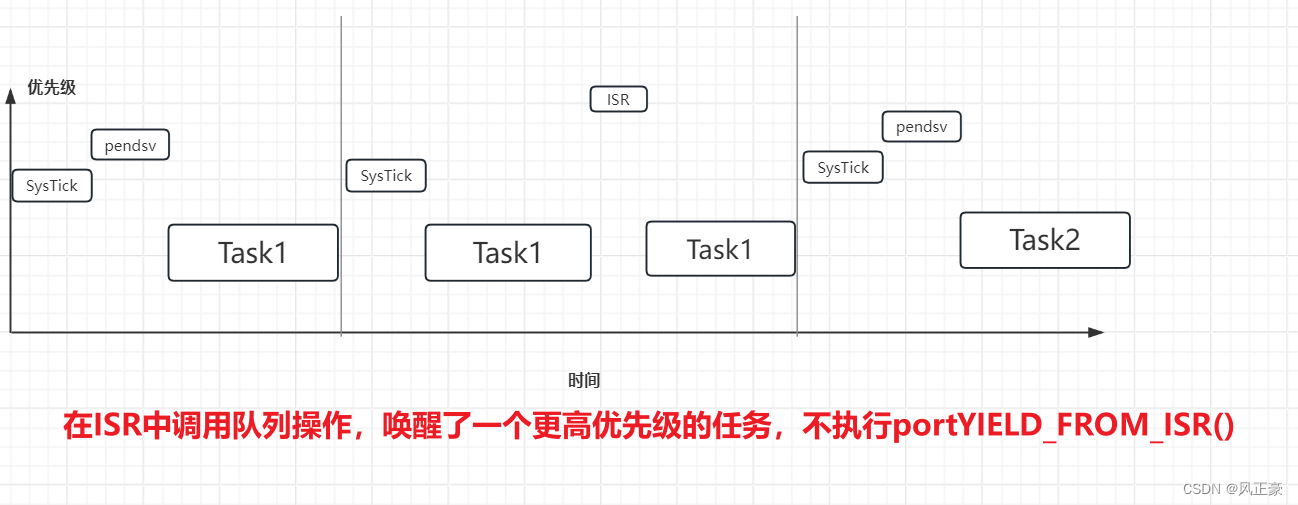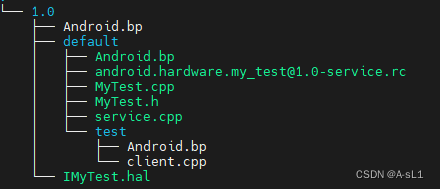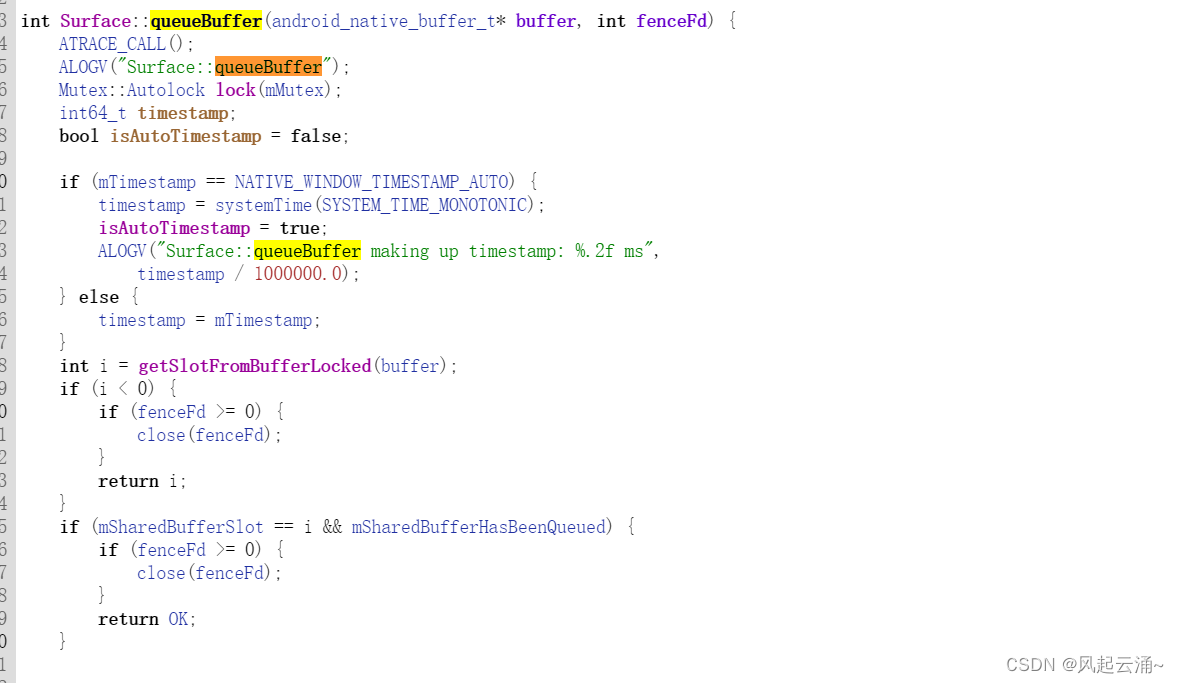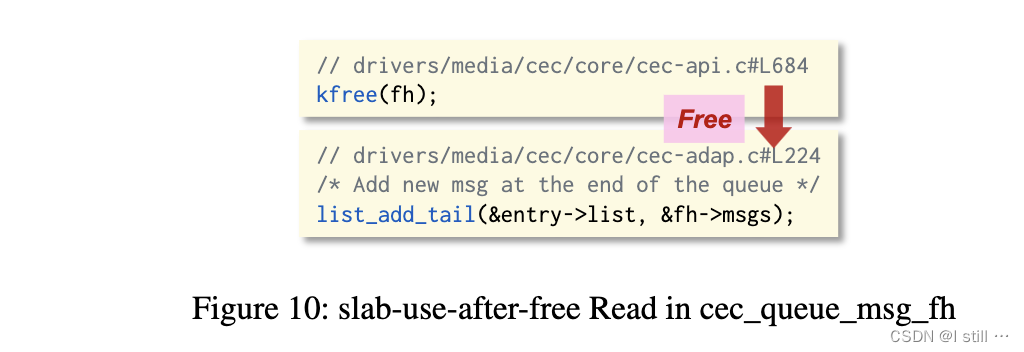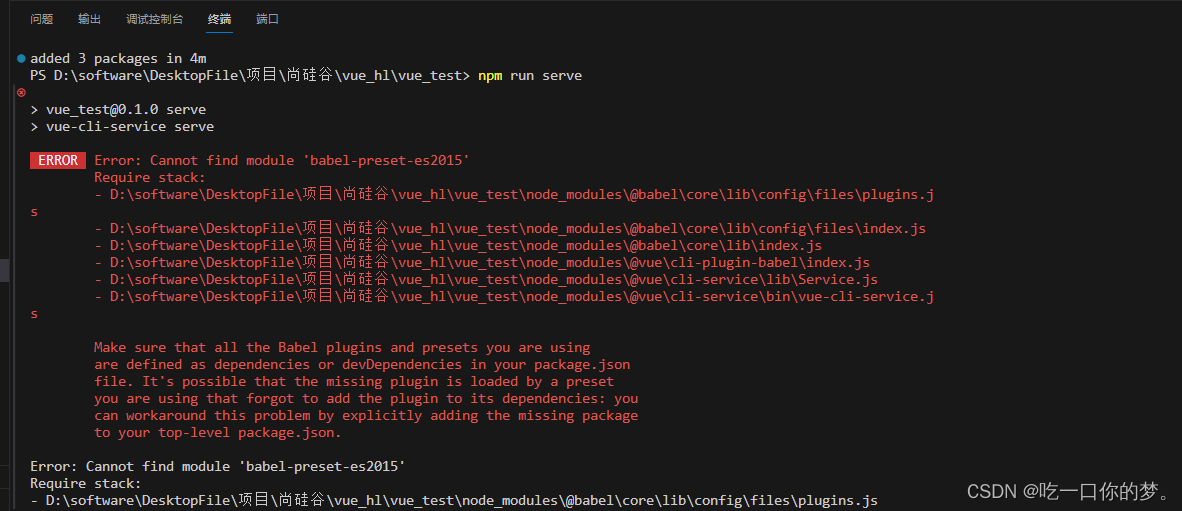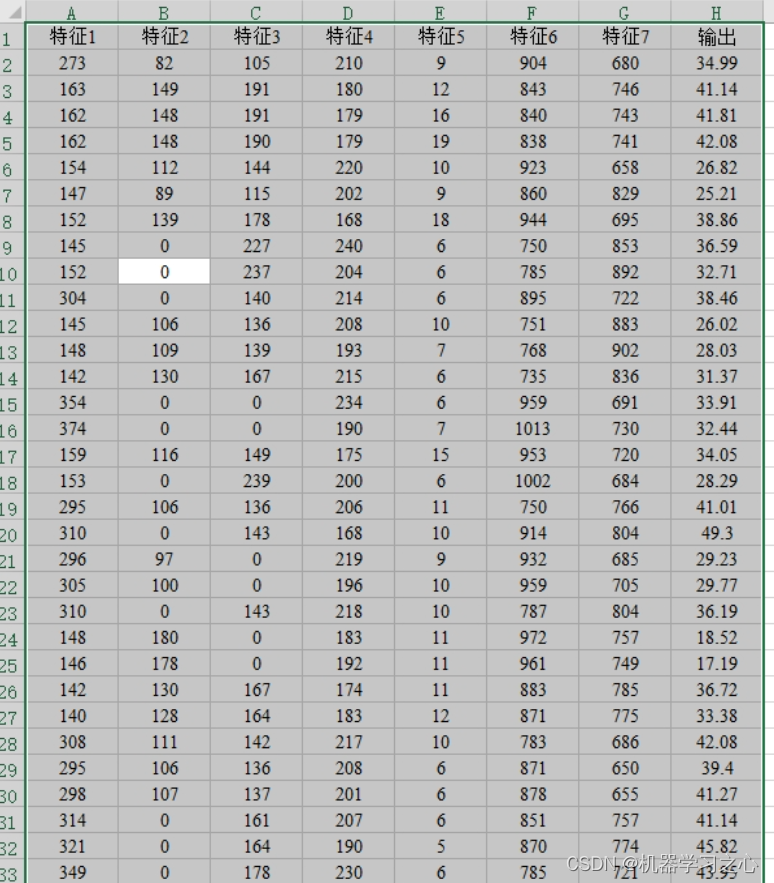LFU算法
Least Frequently Used(最不频繁使用)

Leetcode有原题,之前手写过LRU,数据结构还是习惯于用java实现,实现是copy的评论题解。
题解注释写的很清楚
大致就是说LFUCache类维护一个存放node的map,同时维护两个双向链表,注意这个双向链表里面又包含了两个双向链表,访问的频率是first最大,last最小。其余的就是正常的双向链表的操作了(插入,删除)
import java.util.HashMap;
import java.util.Map;
class LFUCache {
Map<Integer, Node> cache; // 存储缓存的内容,Node中除了value值外,还有key、freq、所在doublyLinkedList、所在doublyLinkedList中的postNode、所在doublyLinkedList中的preNode,具体定义在下方。
DoublyLinkedList firstLinkedList; // firstLinkedList.post 是频次最大的双向链表
DoublyLinkedList lastLinkedList; // lastLinkedList.pre 是频次最小的双向链表,满了之后删除 lastLinkedList.pre.tail.pre
// 这个Node即为频次最小且访问最早的Node
int size;
int capacity;
public LFUCache(int capacity) {
cache = new HashMap<>(capacity);
firstLinkedList = new DoublyLinkedList();
lastLinkedList = new DoublyLinkedList();
firstLinkedList.post = lastLinkedList; // 是按照倒序排列的,最大的是first
lastLinkedList.pre = firstLinkedList;
this.capacity = capacity;
}
public int get(int key) {
Node node = cache.get(key);
if (node == null) {
return -1;
}
// 该key访问频次+1
freqInc(node);
return node.value;
}
public void put(int key, int value) {
if (capacity == 0) {
return;
}
Node node = cache.get(key);
// 若key存在,则更新value,访问频次+1
if (node != null) {
node.value = value;
freqInc(node);
} else {
// 若key不存在
if (size == capacity) {
// 如果缓存满了,删除lastLinkedList.pre这个链表(即表示最小频次的链表)中的tail.pre这个Node(即最小频次链表中最先访问的Node),如果该链表中的元素删空了,则删掉该链表。
cache.remove(lastLinkedList.pre.tail.pre.key);
lastLinkedList.removeNode(lastLinkedList.pre.tail.pre);
size--;
if (lastLinkedList.pre.head.post == lastLinkedList.pre.tail) {
removeDoublyLinkedList(lastLinkedList.pre);
}
}
// cache中put新Key-Node对儿,并将新node加入表示freq为1的DoublyLinkedList中,若不存在freq为1的DoublyLinkedList则新建。
Node newNode = new Node(key, value);
cache.put(key, newNode);
if (lastLinkedList.pre.freq != 1) {
DoublyLinkedList newDoublyLinedList = new DoublyLinkedList(1);
addDoublyLinkedList(newDoublyLinedList, lastLinkedList.pre);
newDoublyLinedList.addNode(newNode);
} else {
lastLinkedList.pre.addNode(newNode);
}
size++;
}
}
/**
* node的访问频次 + 1
*/
void freqInc(Node node) {
// 将node从原freq对应的双向链表里移除, 如果链表空了则删除链表。
DoublyLinkedList linkedList = node.doublyLinkedList;
DoublyLinkedList preLinkedList = linkedList.pre;
linkedList.removeNode(node);
if (linkedList.head.post == linkedList.tail) {
removeDoublyLinkedList(linkedList);
}
// 将node加入新freq对应的双向链表,若该链表不存在,则先创建该链表。
node.freq++;
if (preLinkedList.freq != node.freq) {
DoublyLinkedList newDoublyLinedList = new DoublyLinkedList(node.freq);
addDoublyLinkedList(newDoublyLinedList, preLinkedList);
newDoublyLinedList.addNode(node);
} else {
preLinkedList.addNode(node);
}
}
/**
* 增加代表某1频次的双向链表
*/
void addDoublyLinkedList(DoublyLinkedList newDoublyLinedList, DoublyLinkedList preLinkedList) {
newDoublyLinedList.post = preLinkedList.post;
newDoublyLinedList.post.pre = newDoublyLinedList;
newDoublyLinedList.pre = preLinkedList;
preLinkedList.post = newDoublyLinedList;
}
/**
* 删除代表某1频次的双向链表
*/
void removeDoublyLinkedList(DoublyLinkedList doublyLinkedList) {
doublyLinkedList.pre.post = doublyLinkedList.post;
doublyLinkedList.post.pre = doublyLinkedList.pre;
}
}
class Node {
int key;
int value;
int freq = 1;
Node pre; // Node所在频次的双向链表的前继Node
Node post; // Node所在频次的双向链表的后继Node
DoublyLinkedList doublyLinkedList; // Node所在频次的双向链表
public Node() {
}
public Node(int key, int value) {
this.key = key;
this.value = value;
}
}
class DoublyLinkedList {
int freq; // 该双向链表表示的频次
DoublyLinkedList pre; // 该双向链表的前继链表(pre.freq < this.freq)
DoublyLinkedList post; // 该双向链表的后继链表 (post.freq > this.freq)
Node head; // 该双向链表的头节点,新节点从头部加入,表示最近访问
Node tail; // 该双向链表的尾节点,删除节点从尾部删除,表示最久访问
public DoublyLinkedList() {
head = new Node();
tail = new Node();
head.post = tail;
tail.pre = head;
}
public DoublyLinkedList(int freq) {
head = new Node();
tail = new Node();
head.post = tail;
tail.pre = head;
this.freq = freq;
}
void removeNode(Node node) {
node.pre.post = node.post;
node.post.pre = node.pre;
}
void addNode(Node node) {
node.post = head.post;
head.post.pre = node;
head.post = node;
node.pre = head;
node.doublyLinkedList = this;
}
}
